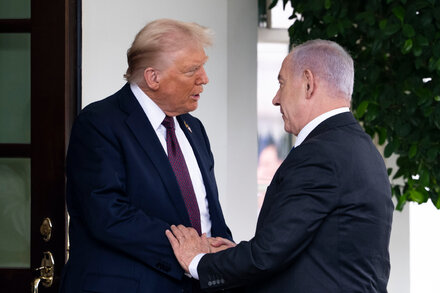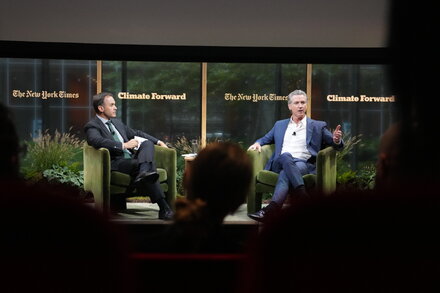Former President Donald Trump’s proposals to implement new tariffs on pharmaceutical imports, a key component of his broader economic platform aimed at boosting domestic manufacturing, could create a bifurcated impact within the drug industry, according to recent analyses. While the stated goal is to incentivize the reshoring of drug production, experts suggest the tariffs might inadvertently spare the largest pharmaceutical companies while placing significant financial burdens on smaller drugmakers.
The core of the concern lies in the intricate and globally dispersed supply chains characteristic of the modern pharmaceutical industry. Large multinational corporations often possess a diverse manufacturing footprint, with facilities in various countries, and the financial wherewithal to absorb or circumvent new tariff costs by shifting production or leveraging existing agreements. In contrast, smaller and mid-sized pharmaceutical companies, particularly those specializing in niche drugs or generic formulations, frequently rely on a more concentrated set of foreign suppliers for active pharmaceutical ingredients (APIs) and finished products.
“The design of any tariff policy for pharmaceuticals is crucial,” said Dr. Eleanor Vance, a senior pharmaceutical policy analyst. “Major players like Pfizer or Merck have the infrastructure and financial resilience to adapt, potentially even benefiting from reduced competition if smaller firms struggle. However, a small generic manufacturer importing a key ingredient from a targeted country might face an existential threat.”
The proposed tariffs aim to encourage the domestic production of essential medicines and reduce U.S. reliance on foreign supply chains, particularly from nations like China. Proponents argue this would enhance national security, create American jobs, and potentially lower drug prices through increased domestic competition.
Uneven Impact on Production Costs
For a large pharmaceutical company, a tariff on certain imported components might be manageable, representing a fraction of their overall diversified supply chain costs. These companies often have significant research and development budgets, as well as extensive sales and marketing networks that can absorb or offset increased manufacturing expenses. Their ability to negotiate volume discounts or hold substantial inventories also provides a buffer against sudden cost spikes.
Conversely, a smaller company might find its entire business model jeopardized by a new tariff. Many small to mid-sized firms act as crucial suppliers for less common drugs, including certain generics or specialized treatments, where profit margins are already slim. An additional 10-25% tariff on a critical API could dramatically increase their production costs, potentially making the manufacture of certain medicines economically unviable.
“We operate on very tight margins, especially for essential off-patent drugs,” explained Maria Chen, CEO of a regional pharmaceutical supplier. “If a 15% tariff is imposed on the API we import for a common blood pressure medication, that cost has to go somewhere. Either we raise prices significantly, making the drug less accessible, or we might have to stop producing it altogether.”
Such scenarios could lead to unintended consequences, including drug shortages, reduced competition in specific therapeutic areas, and ultimately higher prices for consumers, contradicting the stated goal of lowering healthcare costs.
Calls for Targeted Policy
Policy experts suggest that a more nuanced approach, perhaps involving targeted incentives for domestic manufacturing rather than broad tariffs, might be more effective in achieving the desired outcomes without causing undue harm to parts of the pharmaceutical sector. Any tariff structure, they argue, would need to carefully consider the specific vulnerabilities of different segments of the drug industry and the potential impact on patient access to affordable medicines.
Source: Read the original article here.





